Results
-
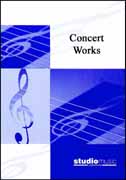 £42.95
£42.95LAMENT OF THE DANDELION (Brass Band) - Parker, Jim
from Ground Force
Estimated dispatch 7-14 working days
-
 £42.95
£42.95SONG OF THE SPIRIT (Brass Band) - Jenkins, Karl - Small, Tony
from Adiemus II
Estimated dispatch 7-14 working days
-
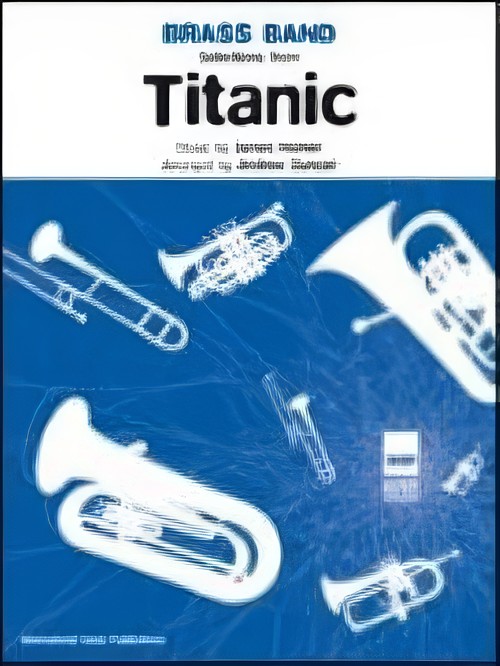 £29.95
£29.95TITANIC (Selections) (Brass Band) - Horner, James - Duncan, Andrew
Music from the 1997 movie blockbuster composed by James Horner and arranged for brass band by Andrew Duncan. This arrangement includes the Celine Dion song, My Heart Will Go On
Estimated dispatch 7-14 working days
-
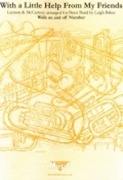 £35.00
£35.00With a Little Help From My Friends (Brass Band - Score and Parts) - Lennon & McCartney - Baker, Leigh
The Lennon & McCartney hit arranged by Leigh Baker as a Concert Walk on and off Number.
Estimated dispatch 7-14 working days
-
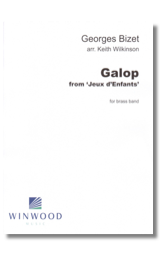 £39.95
£39.95Galop from Jeux d'Enfants (Score and Parts) - Georges Bizet arr. Keith Wilkinson
The bustling finale to Bizet's suite of piano pieces which translate into English as Children's Games. Ideal as an encore. Duration: 2:00
Estimated dispatch 7-9 working days
-
 £33.66
£33.66The Music of Living - Brass Band (Dan Forrest arr. Andrew Wainwright)
An exhilarating arrangement for brass band of Dan Forrest's choral anthem which teems with the joy and optimism of life. This exciting item will work perfectly as an opener to any concert. Includes score and full set of parts. Difficulty Level: 1st Section + Sheet music available exclusively from World of Brass - www.worldofbrass.com Instrumentation: Soprano Cornet Eb Solo Cornet Bb Repiano Cornet Bb 2nd Cornet Bb 3rd Cornet Bb Flugel Horn Bb Solo Horn Eb 1st Horn Eb 2nd Horn Eb 1st Baritone Bb 2nd Baritone Bb 1st Trombone Bb 2nd Trombone Bb Bass Trombone Euphonium Bb Bass Eb Bass Bb Timpani Percussion 1-2
In Stock: Estimated dispatch 1-3 working days
-
 £25.00
£25.00Fanfare for a Wedding - Brass Band Sheet Music Full Score & Parts - LM858 - Brian Harper
COMPOSER: Brian HarperA great addition to the brass band repertoire from Brian HarperA fanfare fit for any wedding ceremonyLM858 - ISMN : 9790570008582
In Stock: Estimated dispatch 3-5 working days
-
 £115.60
£115.60Music for Halloween 2 - Roar Minde Fagerli
Music for Halloween 2 is three simple pieces who describes spooky and scary characters we all know from halloween.In The first movement you meet some ghosts. The second movement describes death dancing a waltz. The third movement describes a huge scary monster.Make your own halloween-show combining this with Music for Halloween 1. Make up scary stories to tell before you play a movement. Maby someone can dress up and perform something dramatic while the music is playing.
Estimated dispatch 5-14 working days
-
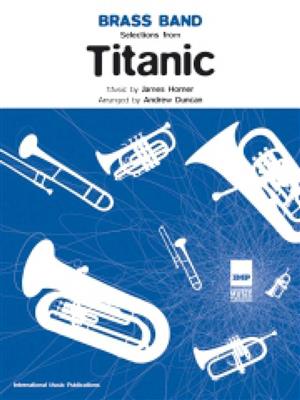 £40.00
£40.00Titanic Selections - James Horner
Music from the movie blockbuster composed by James Horner and arranged for Brass Band by Andrew Duncan.
Estimated dispatch 5-14 working days
-
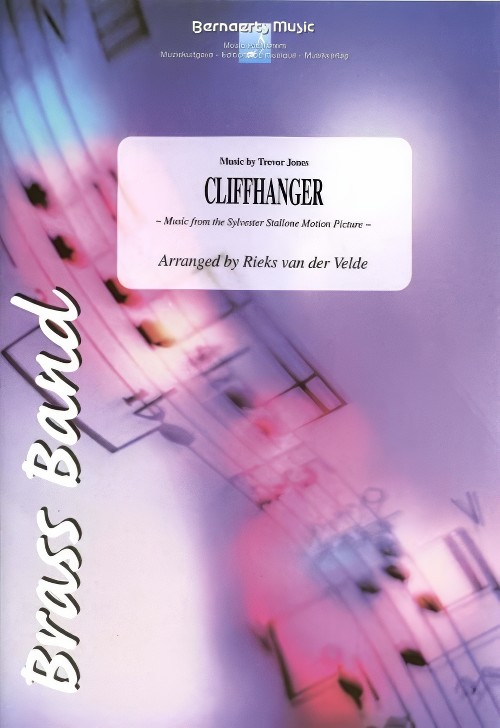 £54.99
£54.99Cliffhanger (Brass Band - Score and Parts) - Jones, Trevor - Velde, Rieks van der
Music from the Silvester Stallone motion picture "Cliffhanger". Duration: 05:30
Estimated dispatch 7-14 working days

